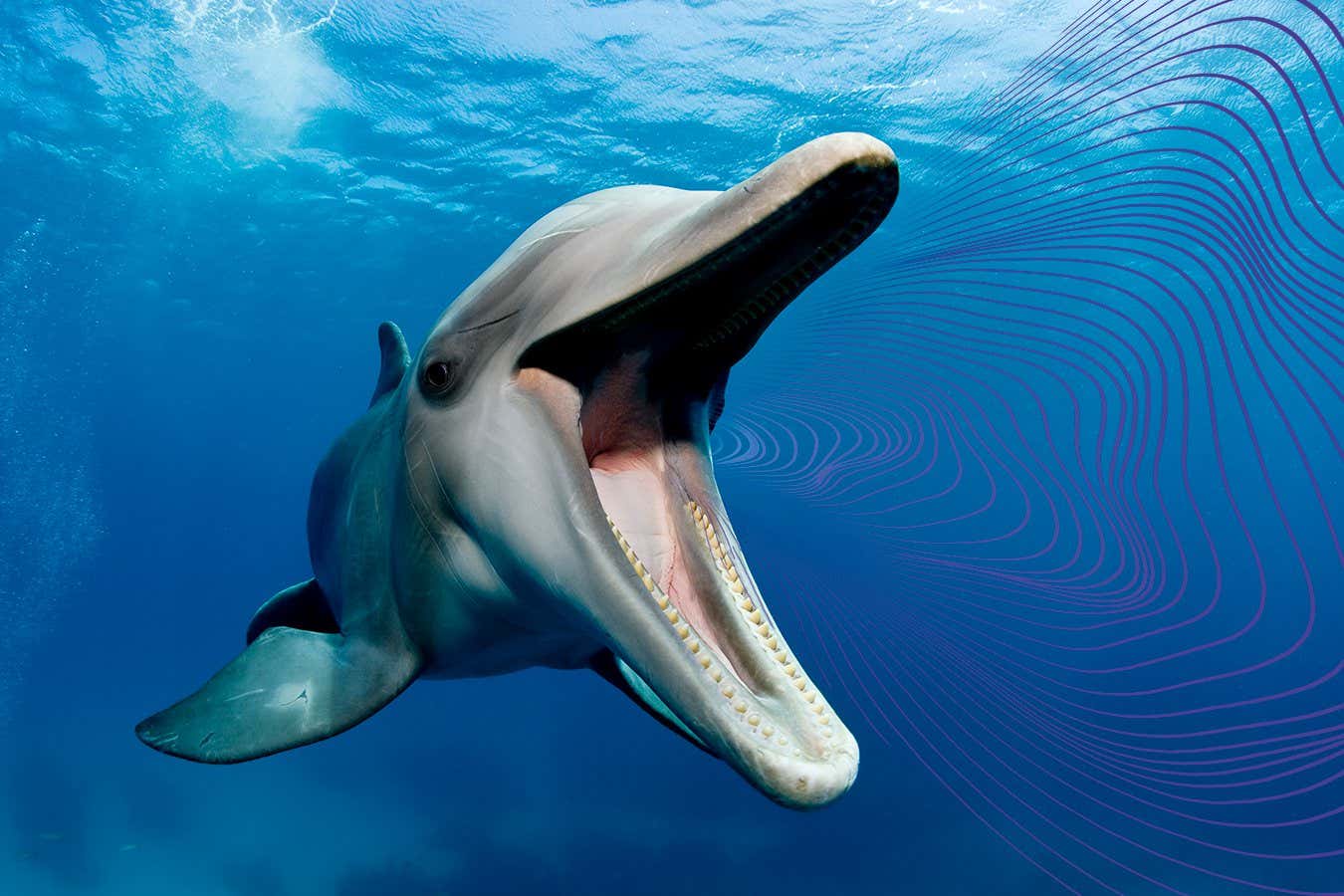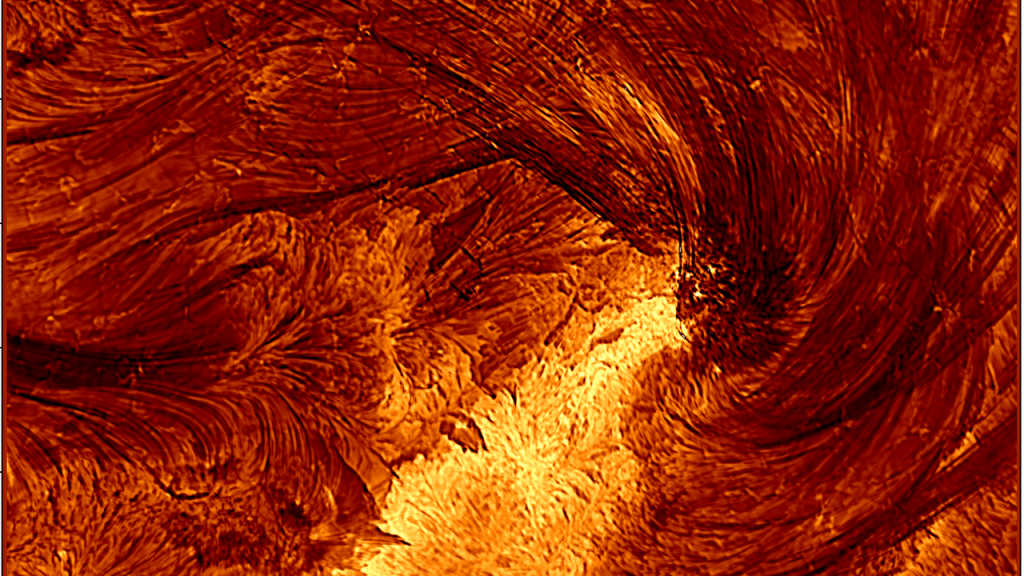Now Reading: Scientists Explore Possibility of Communicating with Other Species
-
01
Scientists Explore Possibility of Communicating with Other Species
Scientists Explore Possibility of Communicating with Other Species

Speedy Summary:
- AI and Animal Communication: Researchers are leveraging artificial intelligence to decode communication in various animal species. the “Coller Dolittle Challenge,” offering prizes up to $10 million, is driving efforts to build algorithms that enable interspecies communication.
- Cuttlefish Discovery: Scientists have identified four distinct signs created with arm movements by cuttlefish, suggesting a form of sign language. Thes signs include “up,” “side,” “roll,” and “crown.”
- Dolphins and Language-Like Signals: studies on bottlenose dolphins detected 22 non-signature whistles used within social contexts, hinting at coordinated vocal patterns resembling rudimentary linguistic features.
- Marmosets Use Names: Marmoset monkeys where observed using unique sounds akin to human names for identification among their family groups.Similar behaviors are noted in African elephants and dolphins.
- Bird Vocal Learning Advantage: Birds like nightingales, jays, parakeets (budgerigars), demonstrate vocal learning abilities closely resembling humans.
- Game-Changer Technology: AI tools expedite analyzing vast datasets of animal communications while highlighting challenges such as context understanding.
- Implications Beyond Decoding: Successful translation of animal languages could deepen humanity’s connection with nature and enhance respect for other species.
Indian Opinion Analysis:
India’s emerging technology sector stands as a potential contributor in advancing research such as decoding animal communication using AI. This interdisciplinary approach aligns with global discussions about ethical interactions with the surroundings-especially significant for biodiversity-rich nations like India where many indigenous species exhibit complex behavioral traits potentially tied to forms of communication.
decoding languages across species might reshape conservation strategies globally and locally by providing insights into animals’ needs or distress signals-empowering India’s wildlife protection initiatives. however, India’s academic institutions need collaborative frameworks for integrating AI-driven solutions into ecological studies effectively.
Applying these findings could open avenues not just for scientific landmarks but also cultural shifts towards greater coexistence between humans and wildlife. as india grapples with urbanization pressures affecting habitats nationwide, adopting models from interspecies communication breakthroughs may recalibrate conservation priorities more sustainably.


























